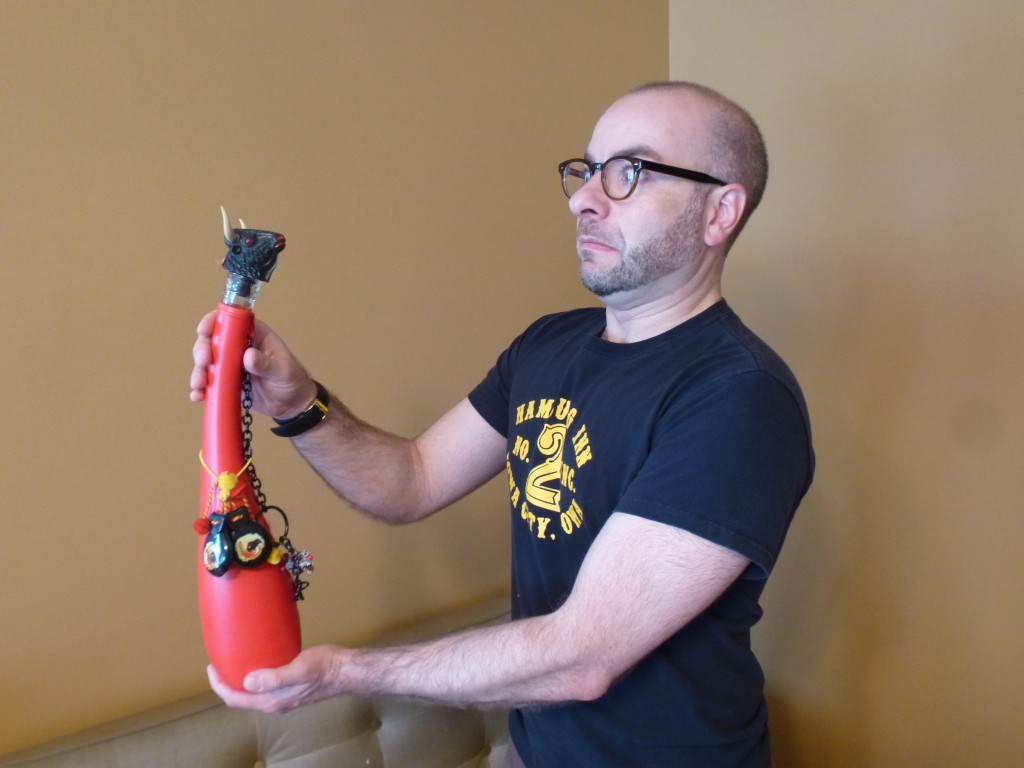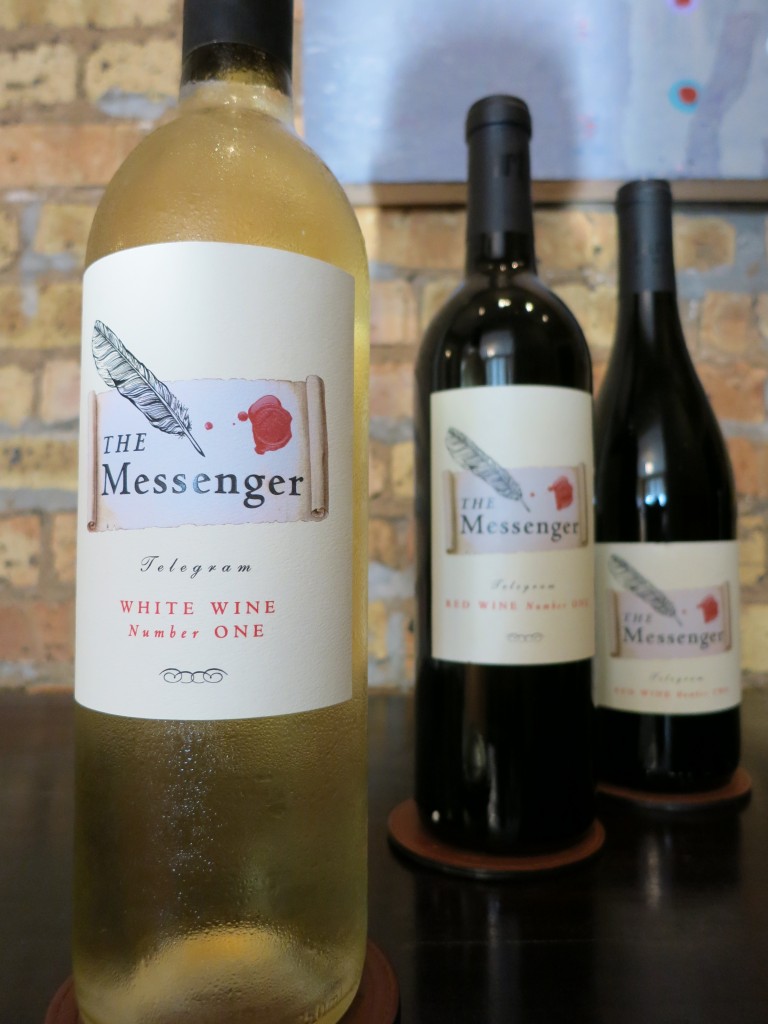Drinking Wine Because It’s Fun?
Writing a blog about unusual wines, spirits and cocktails is great fun. I have a venue in which to share my opinions, I attend delightful events like the Wine Bloggers Conference, I get free samples from time to time, and every great once in a while, I’ll receive an invitation to visit some romantic place to learn about the wines or spirits produced there. I take great joy in these experiences, and I’m not planning on giving them up any time soon.
Writing a blog about unusual wines, spirits and cocktails has had a number of unintended consequences, however. The focus on the unusual eliminates all sorts of delicious things. Much to my bewilderment and consternation, I found myself turning down free samples of wine from a top Burgundy producer, because Burgundy’s Pinot Noirs and Chardonnays don’t exactly count as obscure. The resourceful marketing representative understood the situation, and offered to send me free samples of some Indian wine instead. I have nothing against wine from India, but let’s be honest here — something unfortunate has happened to a person who turns down free samples of fine Burgundy in exchange for bottles from subcontinental parts unknown.
My wine rack has also become problematic. It used to represent a sort of buffet from which I could pick and choose any bottle at any time. Now there are strict divisions. On three of the shelves are bottles I want to eventually write blog posts about, and on one of the shelves (actually, only half a shelf at this point) are bottles I can open at leisure. Basically, if I want to open a bottle from my collection, I better be prepared to also open my notebook.
And this is the unexpected thing that happens when you turn a vice into a job. That vice slowly and surely starts to feel a lot less like a fun indulgence and a lot more like work. I did it with my 9 to 5 job as well. I used to take great pleasure in exploring as many different places as possible on my vacations, visiting perhaps five different cities on a 12-day trip. It boggles my mind how much like work that now seems. Instead, I look forward to staying in a cottage for a week, avoiding fancy restaurants and concierges and valets. Just reading my book and hiking and cooking and cuddling.
I realize that this is not the sort of situation that engenders a flood of sympathy. These “problems” are not problems. Coptic Christians have problems. Gay Russians have problems. Syrians have problems. What I have is an extremely fortunate and extremely unusual situation. I did what you’re supposed to do — work at what you love. But what people tend to leave out of that story is that what you love then becomes work.
I still haven’t quite figured out how to reconcile that issue, but this week, I’m going to give it a shot. I’m going to a cottage in Wisconsin, I’m going to leave my internet connection behind, and I’m going to leave any thoughts of a planned itinerary behind as well. What I am bringing with me is a Central Coast Pinot Noir, a California Cabernet, a Washington State Merlot and a number of wines already discussed on this blog. Drinking wine and not taking notes? Now that’s starting to sound like a vacation!
See you in a week. Cheers!







